Home>Home Appliances>Laundry Appliances>What Can You Use To Clean A Washing Machine
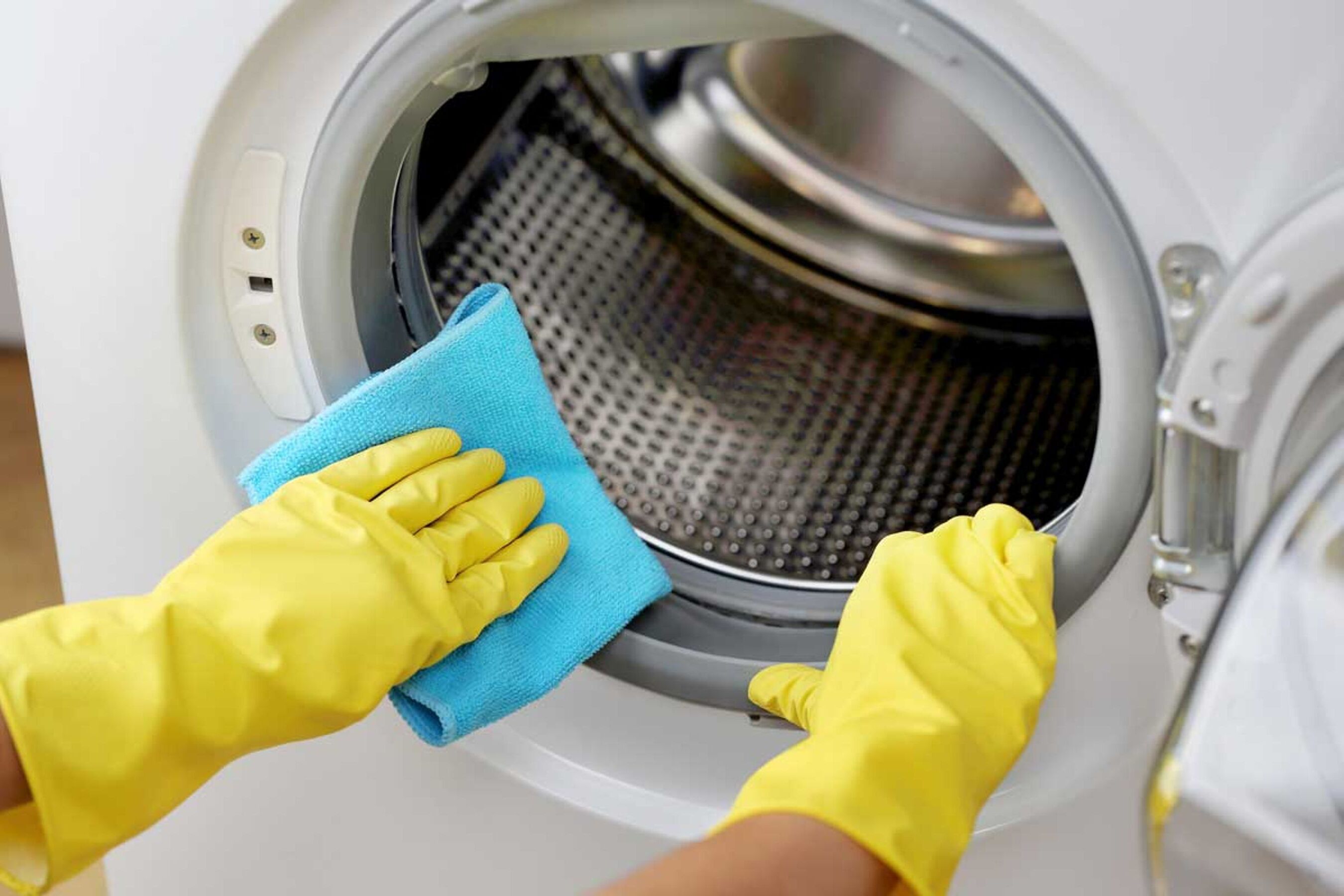

Laundry Appliances
What Can You Use To Clean A Washing Machine
Published: February 21, 2024
Discover the best cleaning products for your laundry appliances. Find out how to keep your washing machine spotless and odor-free. Keep your laundry appliances in top condition with our expert tips.
(Many of the links in this article redirect to a specific reviewed product. Your purchase of these products through affiliate links helps to generate commission for Storables.com, at no extra cost. Learn more)
Importance of Cleaning Your Washing Machine Regularly
Regular cleaning of your washing machine is crucial for maintaining its performance and longevity. Over time, detergent residues, mineral deposits, and dirt can accumulate inside the machine, leading to unpleasant odors and affecting the cleanliness of your laundry. Additionally, mold and mildew can thrive in the damp environment of a neglected washing machine, posing potential health risks and causing musty-smelling clothes.
By incorporating a consistent cleaning routine, you can prevent these issues and ensure that your washing machine operates at its best. Not only does this contribute to cleaner and fresher-smelling laundry, but it also helps to safeguard your family's well-being.
Furthermore, a clean washing machine is more energy-efficient, as it can function optimally without the hindrance of built-up grime and deposits. This can lead to cost savings on your energy bills and reduce the need for repairs or premature replacement of the appliance.
In essence, regular cleaning of your washing machine is a proactive measure that promotes cleanliness, efficiency, and the overall longevity of the appliance. By dedicating a small amount of time to this maintenance task, you can enjoy the peace of mind that comes with knowing your laundry is being washed in a hygienic and well-maintained machine.
Key Takeaways:
- Regularly cleaning your washing machine with natural agents like vinegar, baking soda, and lemon juice helps prevent odors, residues, and mineral buildup. This maintains a hygienic, efficient appliance and promotes a healthier home environment.
- To maintain a clean washing machine, establish a monthly cleaning schedule, use natural cleaning agents, and regularly clean dispenser drawers and door seals. These practices ensure optimal performance and prolong the appliance’s longevity.
Read more: What To Use To Clean Out The Washing Machine
Natural Cleaning Agents for Your Washing Machine
When it comes to cleaning your washing machine, natural cleaning agents offer a safe and effective alternative to harsh chemicals. These eco-friendly options not only help to maintain the cleanliness of your appliance but also contribute to a healthier home environment. Let's explore some of the most popular natural cleaning agents that can be used to keep your washing machine in top condition.
Using Vinegar to Clean Your Washing Machine
Vinegar, a versatile household staple, is renowned for its natural cleaning properties. When used to clean a washing machine, white vinegar effectively dissolves mineral deposits, soap scum, and residue that can accumulate in the drum and on the agitator. Its acidic nature makes it a potent descaler, helping to combat limescale and hard water buildup.
To clean your washing machine with vinegar, simply add two cups of white vinegar to the detergent dispenser or directly into the drum. Run a hot water cycle without any laundry, allowing the vinegar to thoroughly clean and deodorize the interior of the machine. This simple yet powerful method can help eliminate odors and ensure that your washing machine operates at its best.
Baking Soda: A Safe and Effective Cleaner for Your Washing Machine
Another natural cleaning agent that is highly effective for washing machine maintenance is baking soda. This gentle yet powerful alkaline compound works wonders in removing odors, stains, and residues from the interior of the machine. Baking soda also acts as a natural deodorizer, leaving your washing machine smelling fresh and clean.
To clean your washing machine with baking soda, sprinkle one cup of baking soda into the drum and run a hot water cycle. This process helps to loosen and remove grime and buildup, leaving the interior of the machine sparkling clean. Additionally, baking soda can be used to wipe down the rubber gasket and door seal, targeting any lingering odors and residues.
Lemon Juice: A Natural Deodorizer for Your Washing Machine
Lemon juice, with its natural antibacterial and antifungal properties, serves as an excellent natural deodorizer for your washing machine. Its pleasant citrus scent not only masks odors but also helps to disinfect and freshen the interior of the appliance.
To utilize lemon juice for washing machine cleaning, simply add half a cup of fresh lemon juice to the detergent dispenser and run a hot water cycle. This process effectively eliminates odors and leaves the interior of the machine smelling delightfully fresh. Additionally, wiping the exterior of the washing machine with a cloth dampened with lemon juice can help remove stains and impart a refreshing scent.
Incorporating these natural cleaning agents into your washing machine maintenance routine can help ensure that your appliance remains clean, odor-free, and in optimal working condition. By harnessing the power of vinegar, baking soda, and lemon juice, you can maintain a hygienic and efficient laundry appliance while minimizing the use of harsh chemicals.
Using Vinegar to Clean Your Washing Machine
Vinegar, a household staple renowned for its versatility, emerges as a powerful natural cleaning agent for maintaining the cleanliness and optimal performance of your washing machine. Its acidic nature makes it an effective descaler, capable of dissolving mineral deposits, soap scum, and residue that can accumulate within the drum and on the agitator over time. This accumulation can lead to unpleasant odors and affect the cleanliness of your laundry.
To harness the cleaning prowess of vinegar, simply add two cups of white vinegar to the detergent dispenser or directly into the drum of your empty washing machine. Running a hot water cycle without any laundry allows the vinegar to thoroughly clean and deodorize the interior of the machine. This simple yet potent method effectively eliminates odors and ensures that your washing machine operates at its best.
The acidic properties of vinegar make it particularly adept at combating limescale and hard water buildup, which are common culprits behind reduced washing machine efficiency and unpleasant odors. By incorporating vinegar into your washing machine cleaning routine, you can effectively address these issues and prevent them from impacting the cleanliness and freshness of your laundry.
Furthermore, the use of vinegar as a natural cleaning agent aligns with eco-friendly cleaning practices, reducing the reliance on harsh chemicals while promoting a healthier home environment. This makes it an ideal choice for individuals seeking to maintain a hygienic and efficient washing machine without compromising on environmental sustainability.
In essence, harnessing the natural cleaning power of vinegar offers a safe, cost-effective, and environmentally friendly approach to maintaining the cleanliness and optimal functionality of your washing machine. By integrating this simple yet potent method into your regular cleaning routine, you can ensure that your appliance remains free from buildup, odors, and residues, providing you with the peace of mind that comes with knowing your laundry is being washed in a well-maintained and hygienic machine.
Baking Soda: A Safe and Effective Cleaner for Your Washing Machine
Baking soda, a household staple renowned for its versatility, emerges as a safe and effective natural cleaner for maintaining the cleanliness and optimal performance of your washing machine. This gentle yet powerful alkaline compound offers a myriad of benefits when used to clean your appliance, making it a popular choice for eco-conscious individuals seeking to minimize the use of harsh chemicals.
One of the key advantages of using baking soda to clean your washing machine is its remarkable ability to neutralize odors and remove residues. Over time, detergent residues, fabric softener buildup, and dirt can accumulate within the drum and on the agitator, leading to musty odors and affecting the cleanliness of your laundry. Baking soda effectively tackles these issues, serving as a natural deodorizer and stain remover. Its alkaline nature helps to break down odorous compounds and lift away residues, leaving the interior of the machine fresh and clean.
To harness the cleaning prowess of baking soda, simply sprinkle one cup of baking soda into the drum of your empty washing machine and run a hot water cycle. This straightforward yet potent method effectively loosens and removes grime and buildup, ensuring that the interior of the machine remains sparkling clean. Additionally, baking soda can be used to wipe down the rubber gasket and door seal, targeting any lingering odors and residues in these areas.
Furthermore, baking soda serves as a gentle yet effective alternative to harsh chemical cleaners, making it an ideal choice for individuals with sensitivities to strong cleaning agents. Its non-abrasive nature allows for thorough cleaning without causing damage to the interior of the washing machine, preserving the appliance's longevity and functionality.
In addition to its cleaning properties, baking soda acts as a natural fabric softener, contributing to softer and fresher-smelling laundry. When used in conjunction with your regular detergent, baking soda helps to enhance the cleanliness and freshness of your clothes, making it a versatile addition to your laundry routine.
In essence, incorporating baking soda into your washing machine maintenance routine offers a safe, cost-effective, and environmentally friendly approach to achieving a hygienic and efficient appliance. By leveraging the natural cleaning power of baking soda, you can effectively combat odors, remove residues, and maintain the optimal functionality of your washing machine, providing you with the assurance that your laundry is being washed in a well-maintained and hygienic environment.
Lemon Juice: A Natural Deodorizer for Your Washing Machine
Lemon juice, with its natural antibacterial and antifungal properties, emerges as a remarkable natural deodorizer for your washing machine. Its pleasant citrus scent not only masks odors but also helps to disinfect and freshen the interior of the appliance.
When utilized for washing machine cleaning, lemon juice offers a multifaceted approach to combating odors and residues. Its acidic nature enables it to effectively neutralize and eliminate unpleasant smells that may linger within the machine, ensuring that your laundry emerges with a delightful freshness after each wash cycle.
To harness the deodorizing power of lemon juice, simply add half a cup of fresh lemon juice to the detergent dispenser and run a hot water cycle. This straightforward yet potent method effectively eliminates odors and leaves the interior of the machine smelling delightfully fresh. The natural acidity of lemon juice aids in breaking down and dissolving any lingering residues, contributing to a thorough and refreshing clean.
Furthermore, the antibacterial properties of lemon juice make it an excellent choice for disinfecting the interior of your washing machine. By incorporating lemon juice into your cleaning routine, you can mitigate the risk of mold and mildew growth, ensuring that your appliance remains hygienic and safe for laundering your family's clothes.
In addition to its deodorizing and disinfecting properties, lemon juice serves as a natural stain remover, making it an invaluable asset in maintaining the cleanliness of your washing machine. Its acidic composition helps to lift away stubborn stains and residues, leaving the interior of the machine revitalized and free from unsightly blemishes.
Moreover, the use of lemon juice aligns with eco-friendly cleaning practices, offering a safe and sustainable alternative to chemical-laden cleaning agents. By opting for this natural deodorizer, you can effectively combat odors and residues while minimizing the environmental impact of your washing machine maintenance routine.
In essence, incorporating lemon juice into your washing machine cleaning regimen presents a holistic approach to achieving a fresh, clean, and hygienic appliance. By leveraging the natural deodorizing, disinfecting, and stain-removing properties of lemon juice, you can ensure that your washing machine operates at its best, providing you with the assurance that your laundry is being washed in a well-maintained and hygienic environment.
How to Clean the Exterior of Your Washing Machine
Maintaining the exterior of your washing machine is just as important as keeping the interior clean. Over time, dust, dirt, and detergent residues can accumulate on the exterior surfaces, detracting from the overall appearance of the appliance. Additionally, regular cleaning of the exterior helps prevent the buildup of grime and ensures that your washing machine remains a visually appealing and hygienic addition to your laundry area.
Read more: How Do You Clean The Washing Machine
Step 1: Gather Your Cleaning Supplies
Before embarking on the cleaning process, gather the necessary supplies. You will need a gentle all-purpose cleaner, a microfiber cloth or sponge, and a solution of warm water and mild dish soap. Additionally, consider using a soft-bristled brush for targeting hard-to-reach areas and textured surfaces.
Step 2: Wipe Down the Exterior Surfaces
Begin by wiping down the exterior surfaces of the washing machine with a damp microfiber cloth or sponge. If there are visible stains or spots, apply a small amount of the all-purpose cleaner to the cloth and gently scrub the affected areas. Take care to avoid abrasive cleaners or harsh chemicals, as these can damage the finish of the appliance.
Step 3: Clean the Control Panel and Knobs
For the control panel and knobs, use a damp cloth or sponge to remove any dust or residues. If necessary, lightly dampen a cotton swab with the mild dish soap solution to clean around the edges of the control panel and in between the knobs. Exercise caution to prevent excess moisture from seeping into the electrical components.
Step 4: Addressing Textured Surfaces and Seals
Textured surfaces and rubber seals may require additional attention. Utilize a soft-bristled brush or toothbrush to gently scrub these areas, ensuring that any embedded dirt or grime is effectively removed. Take care not to apply excessive pressure, as this can cause damage to the textured surfaces or seals.
Read more: How Full Can You Fill Front Load Washer
Step 5: Wipe Dry and Polish
Once the exterior surfaces have been cleaned, use a dry microfiber cloth to wipe away any remaining moisture. This step helps prevent water spots and ensures a streak-free finish. For stainless steel washing machine exteriors, consider using a specialized stainless steel cleaner and polish to restore the shine and luster of the surface.
By following these simple yet effective steps, you can maintain the cleanliness and visual appeal of the exterior of your washing machine. Regular cleaning of the exterior surfaces not only enhances the overall aesthetics of the appliance but also contributes to a hygienic and well-maintained laundry area. Incorporating this practice into your cleaning routine ensures that your washing machine remains a pristine and functional asset in your home.
Tips for Maintaining a Clean Washing Machine
-
Regular Cleaning Schedule: Establish a consistent cleaning schedule for your washing machine to prevent the buildup of grime, odors, and residues. Aim to clean the appliance at least once a month to ensure optimal performance and cleanliness.
-
Use Natural Cleaning Agents: Incorporate natural cleaning agents such as vinegar, baking soda, and lemon juice into your cleaning routine. These eco-friendly options effectively combat odors, residues, and mineral deposits while promoting a healthier home environment.
-
Clean the Dispenser Drawers: Regularly remove and clean the detergent and fabric softener dispenser drawers. Over time, these compartments can accumulate residues and mold, potentially leading to unpleasant odors and affecting the cleanliness of your laundry.
-
Wipe Down the Door Seal: The rubber door seal of front-loading washing machines can harbor moisture and residues, providing an ideal environment for mold and mildew growth. Wipe down the door seal after each use and periodically clean it with a solution of water and mild detergent to prevent mold buildup.
-
Leave the Door Ajar: After completing a laundry cycle, leave the washing machine door ajar to allow air circulation and prevent the development of musty odors. This simple practice helps to keep the interior of the machine dry and fresh between uses.
-
Clean the Filter: If your washing machine is equipped with a lint filter or debris trap, ensure that it is regularly cleaned to prevent blockages and maintain the appliance's efficiency. Refer to the manufacturer's instructions for guidance on locating and cleaning the filter.
-
Inspect and Clean the Drain Pump: Periodically inspect the drain pump for any debris or foreign objects that may impede its function. Clearing the drain pump of obstructions helps prevent drainage issues and ensures that the washing machine operates smoothly.
-
Use the Correct Detergent Amount: Avoid overloading the washing machine with detergent, as this can lead to excessive suds and residues. Follow the manufacturer's guidelines for the appropriate detergent amount based on load size and water hardness to maintain optimal cleaning performance.
-
Run Maintenance Cycles: Some washing machines feature specific maintenance cycles designed to clean the drum and remove residues. Utilize these cycles as recommended by the manufacturer to keep your appliance in top condition.
-
Address Stains Promptly: If you notice stains or spills on the exterior of the washing machine, address them promptly to prevent them from becoming ingrained. Use a gentle cleaner suitable for the appliance's surface and avoid abrasive materials that may cause damage.
By implementing these tips for maintaining a clean washing machine, you can ensure that your appliance remains in optimal condition, providing you with consistently fresh and hygienic laundry while prolonging its longevity.
Frequently Asked Questions about What Can You Use To Clean A Washing Machine
Was this page helpful?
At Storables.com, we guarantee accurate and reliable information. Our content, validated by Expert Board Contributors, is crafted following stringent Editorial Policies. We're committed to providing you with well-researched, expert-backed insights for all your informational needs.
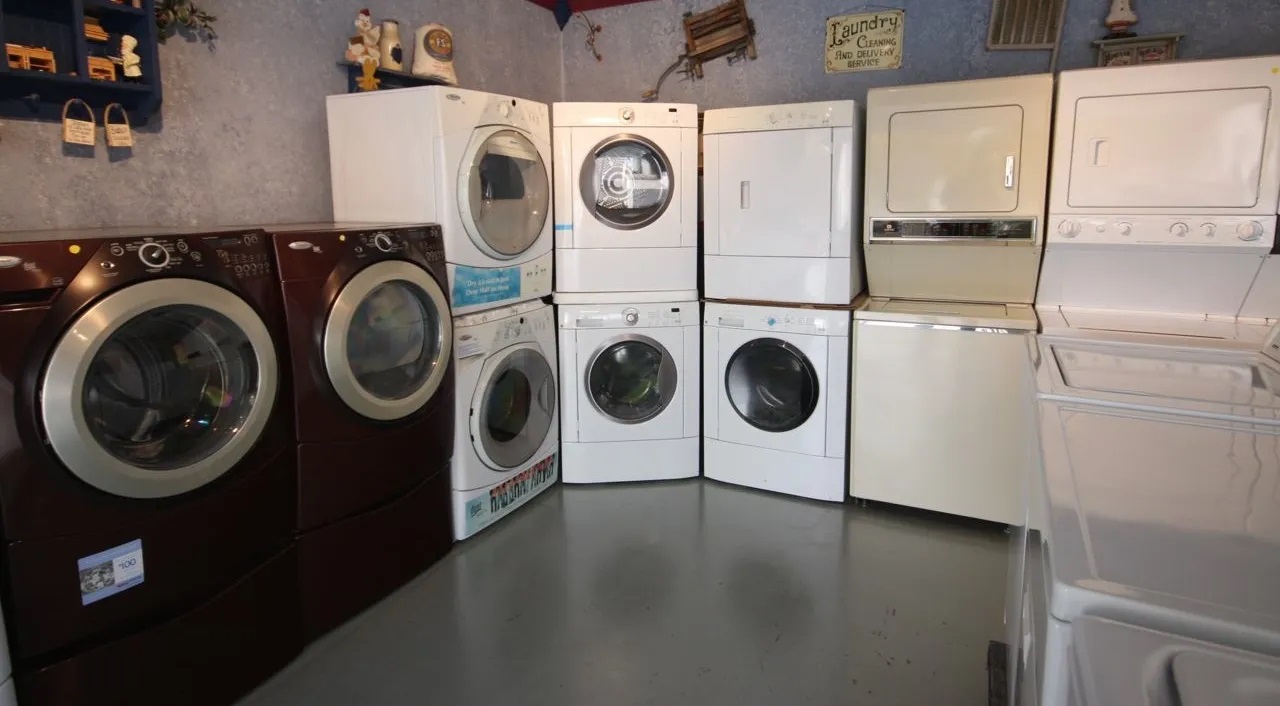
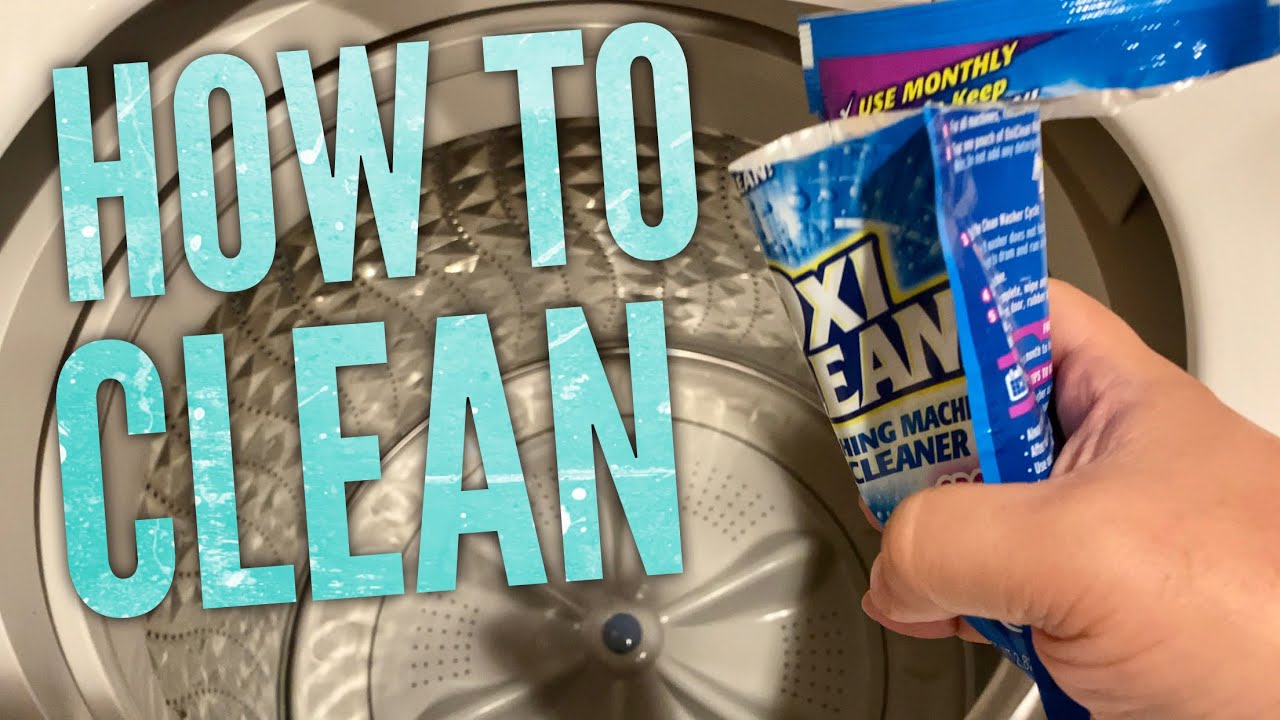
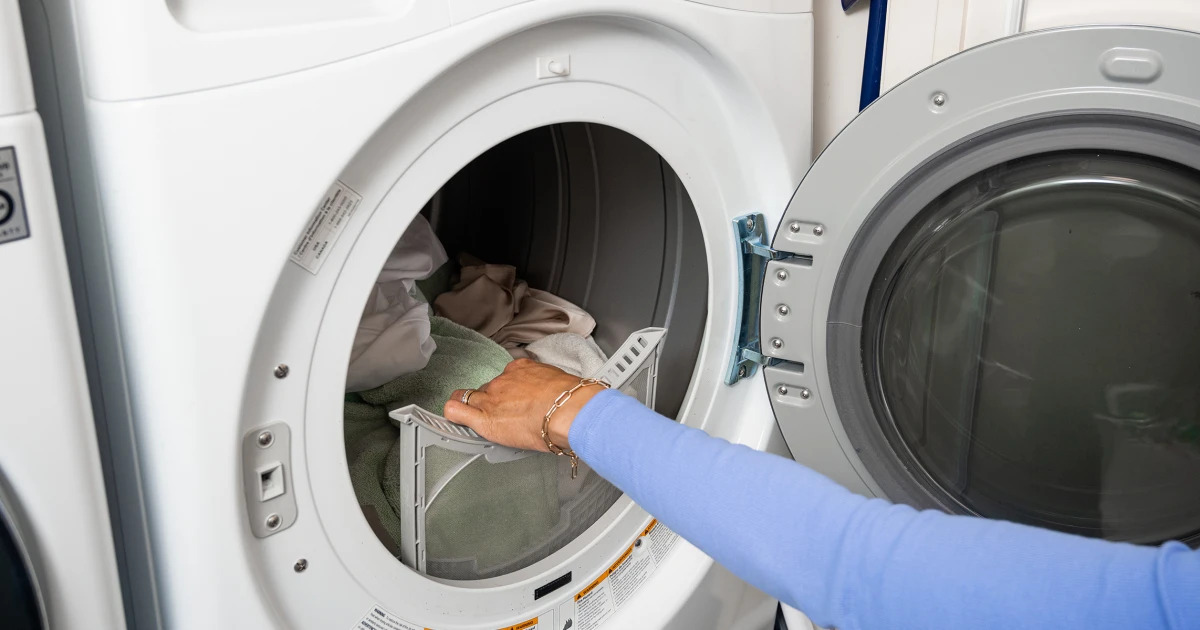
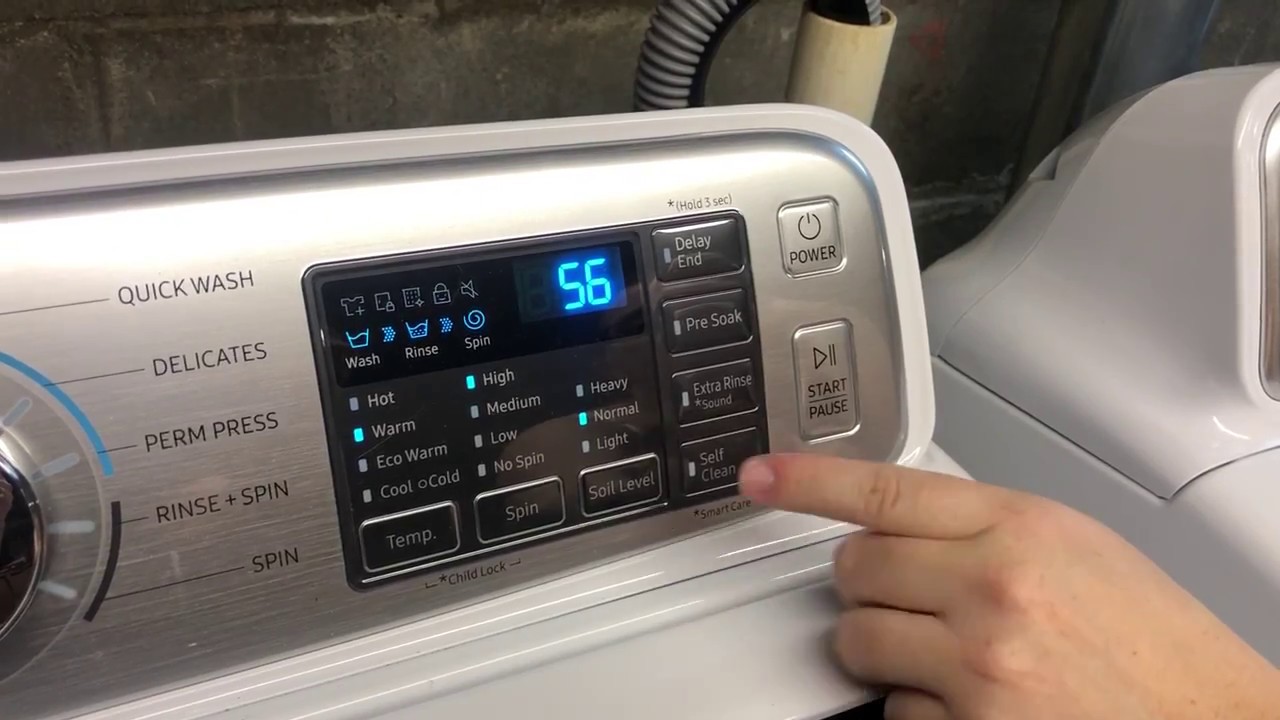
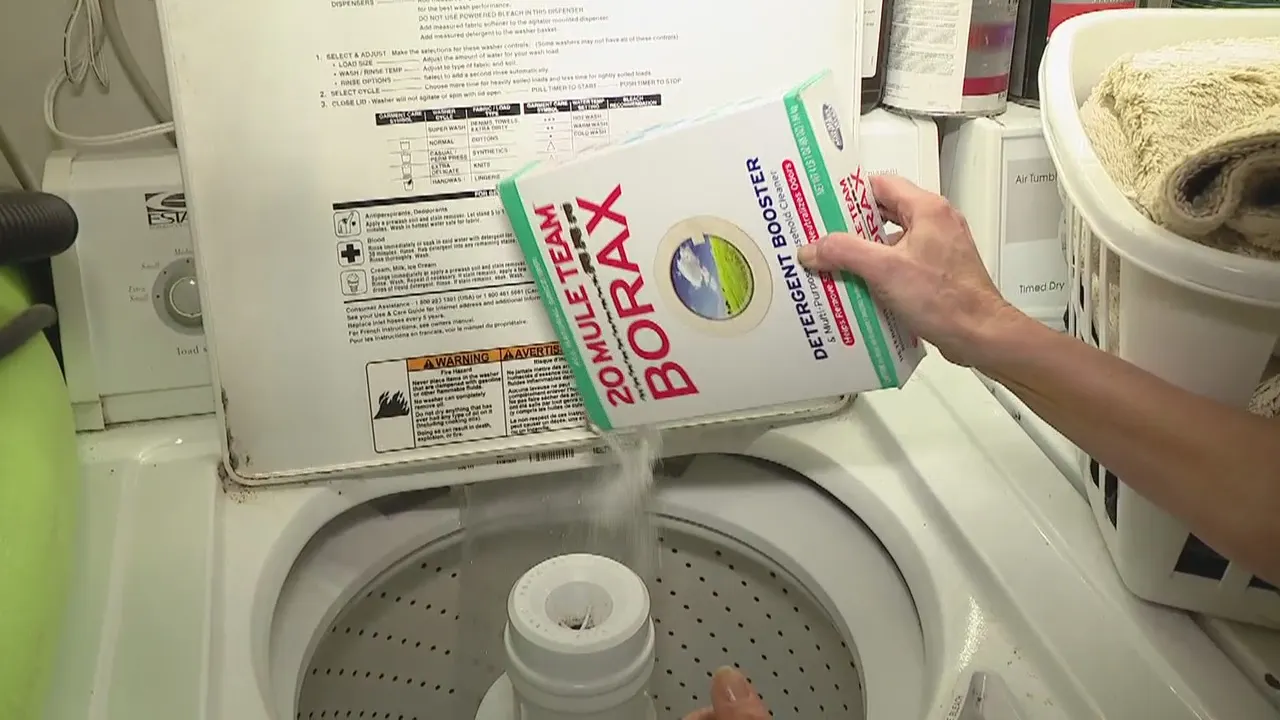
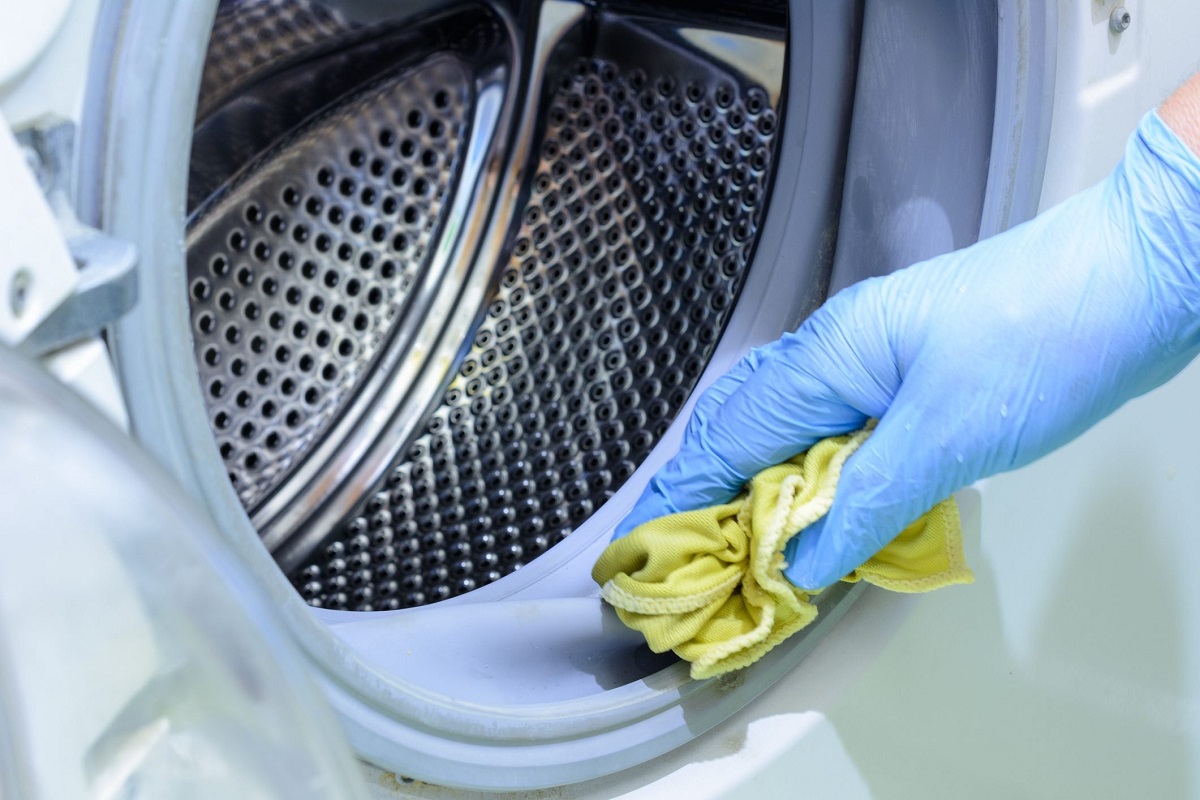
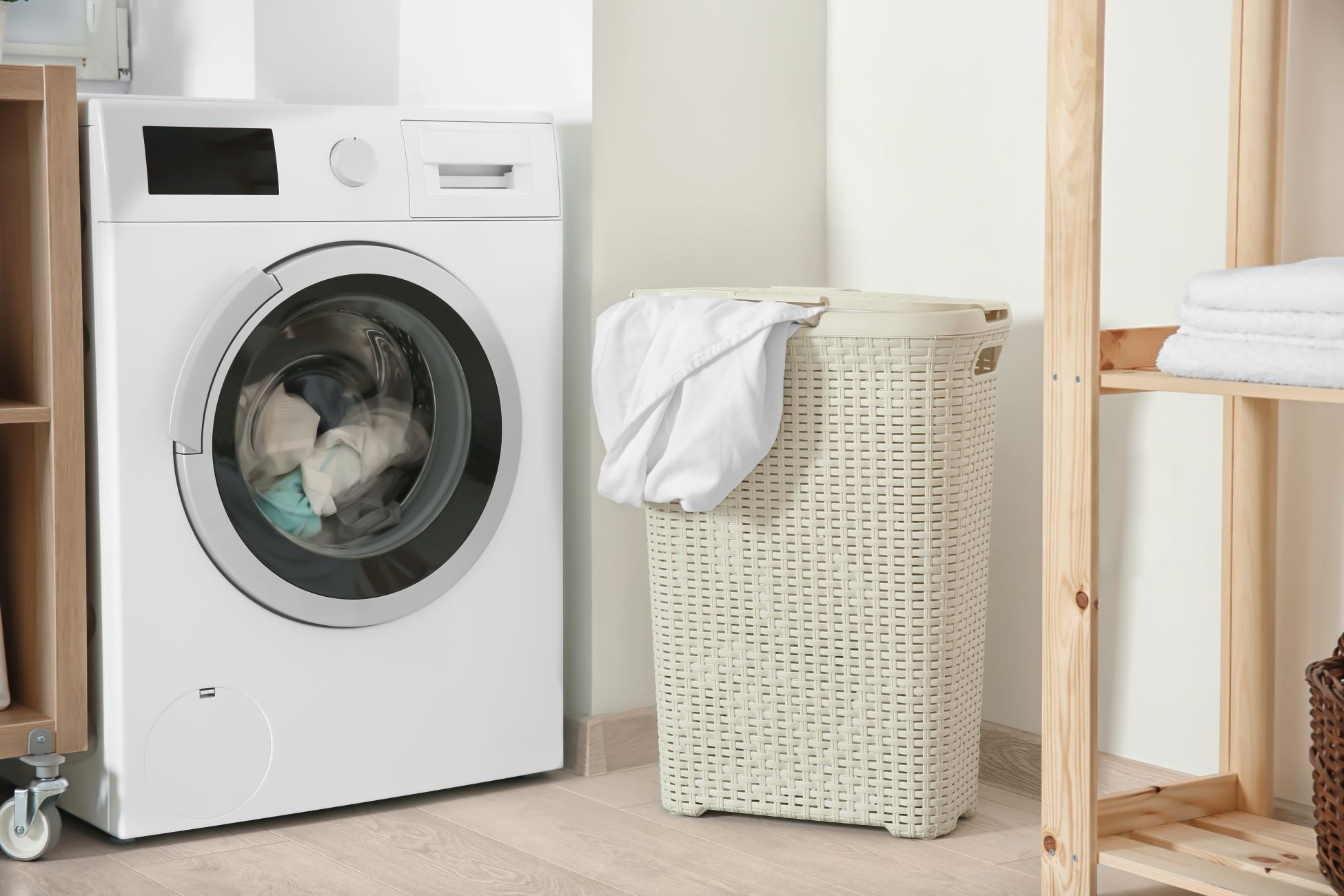
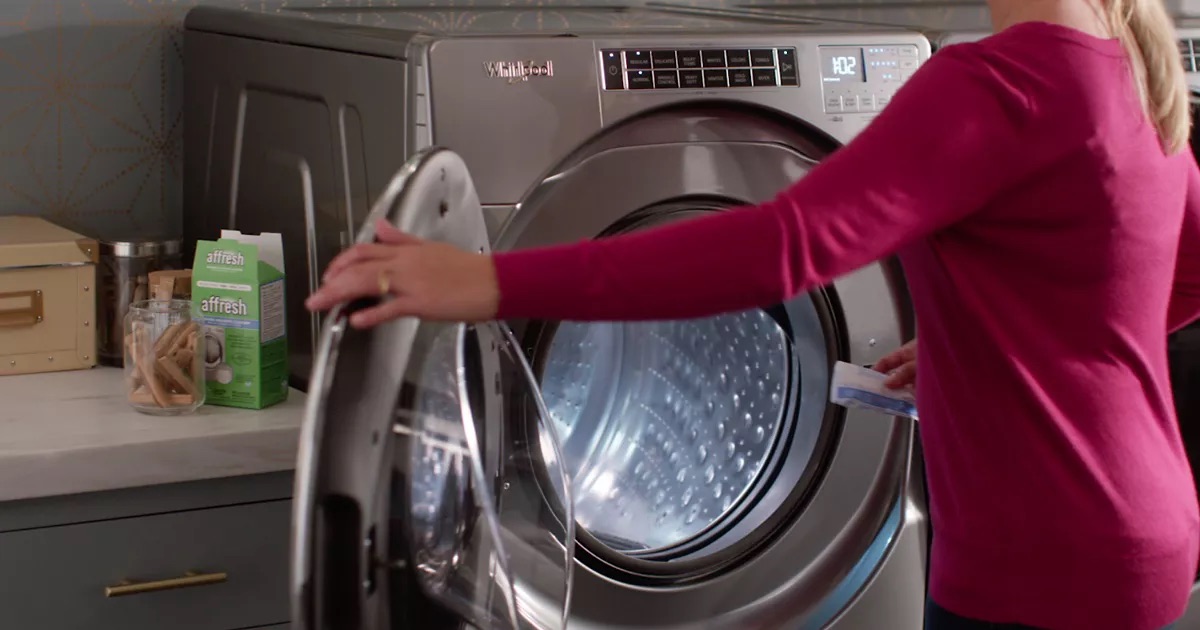
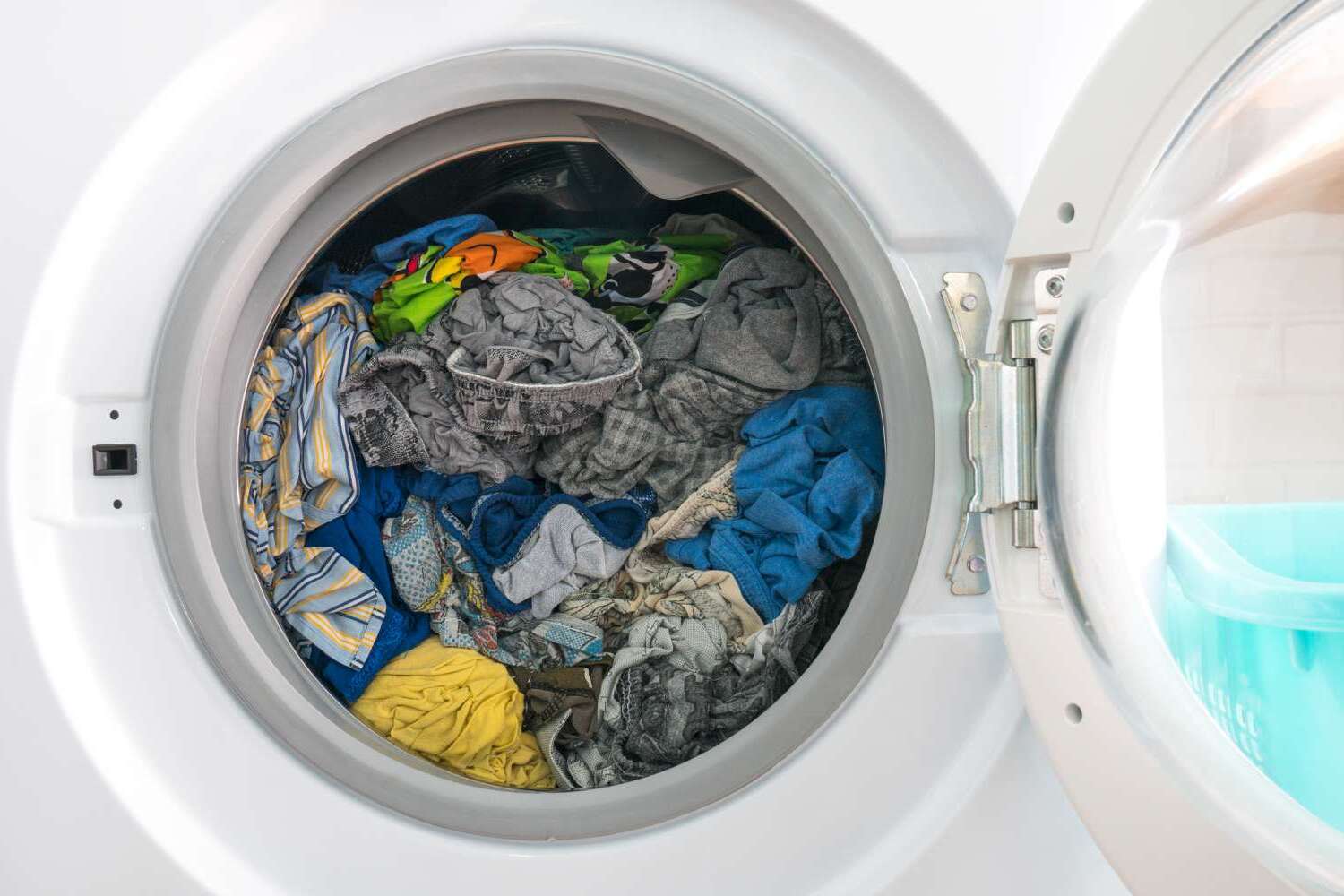
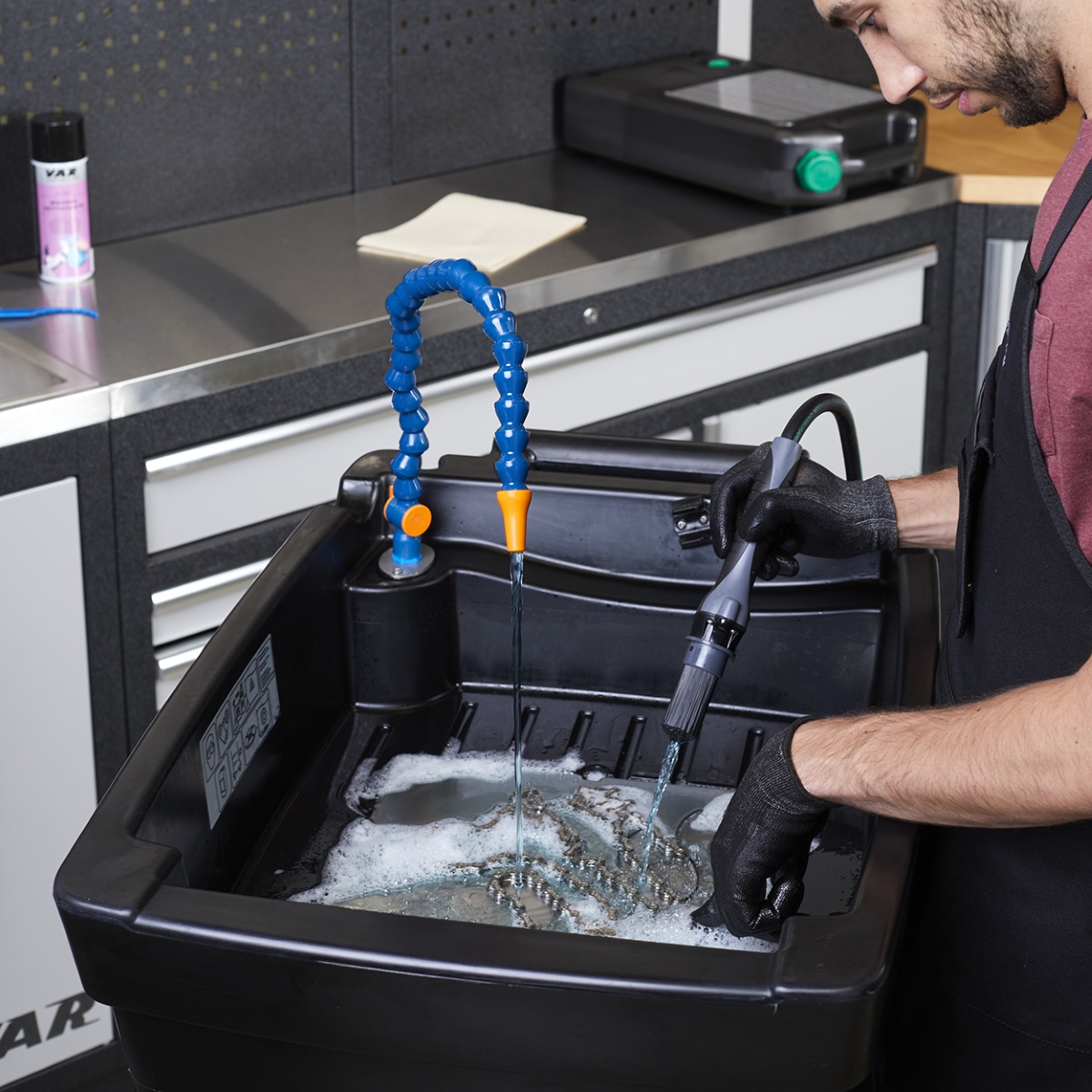
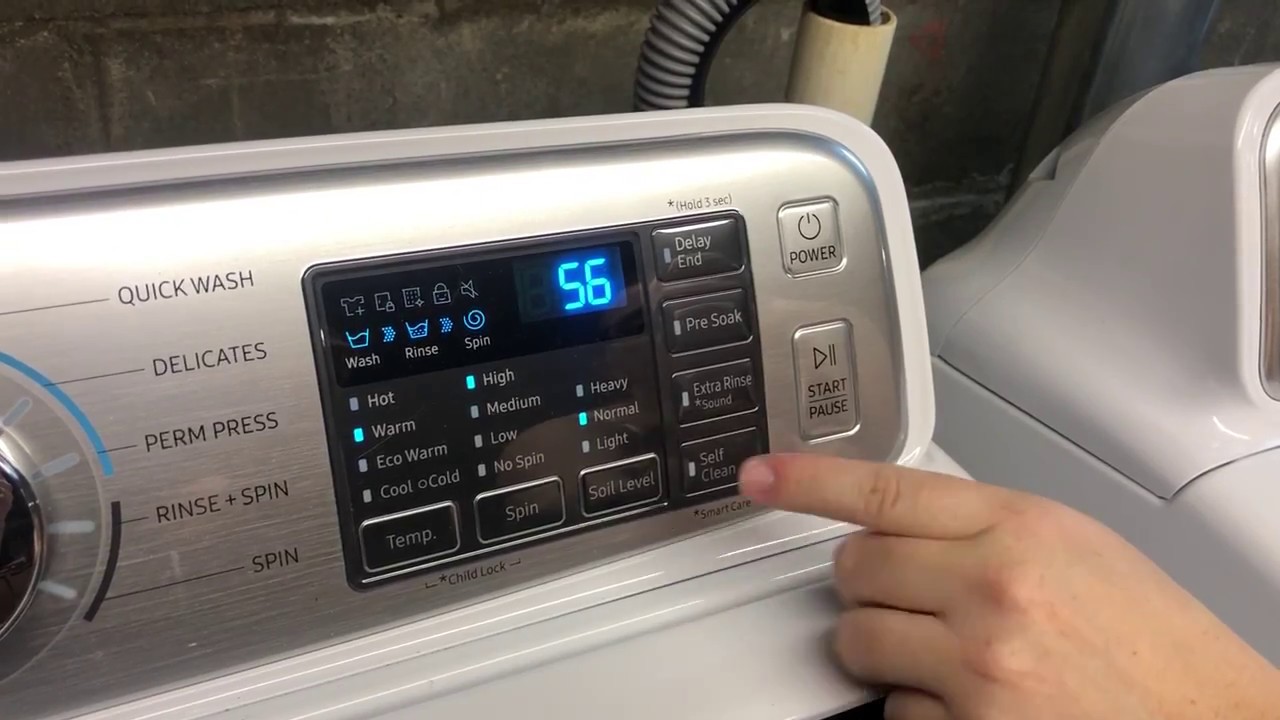
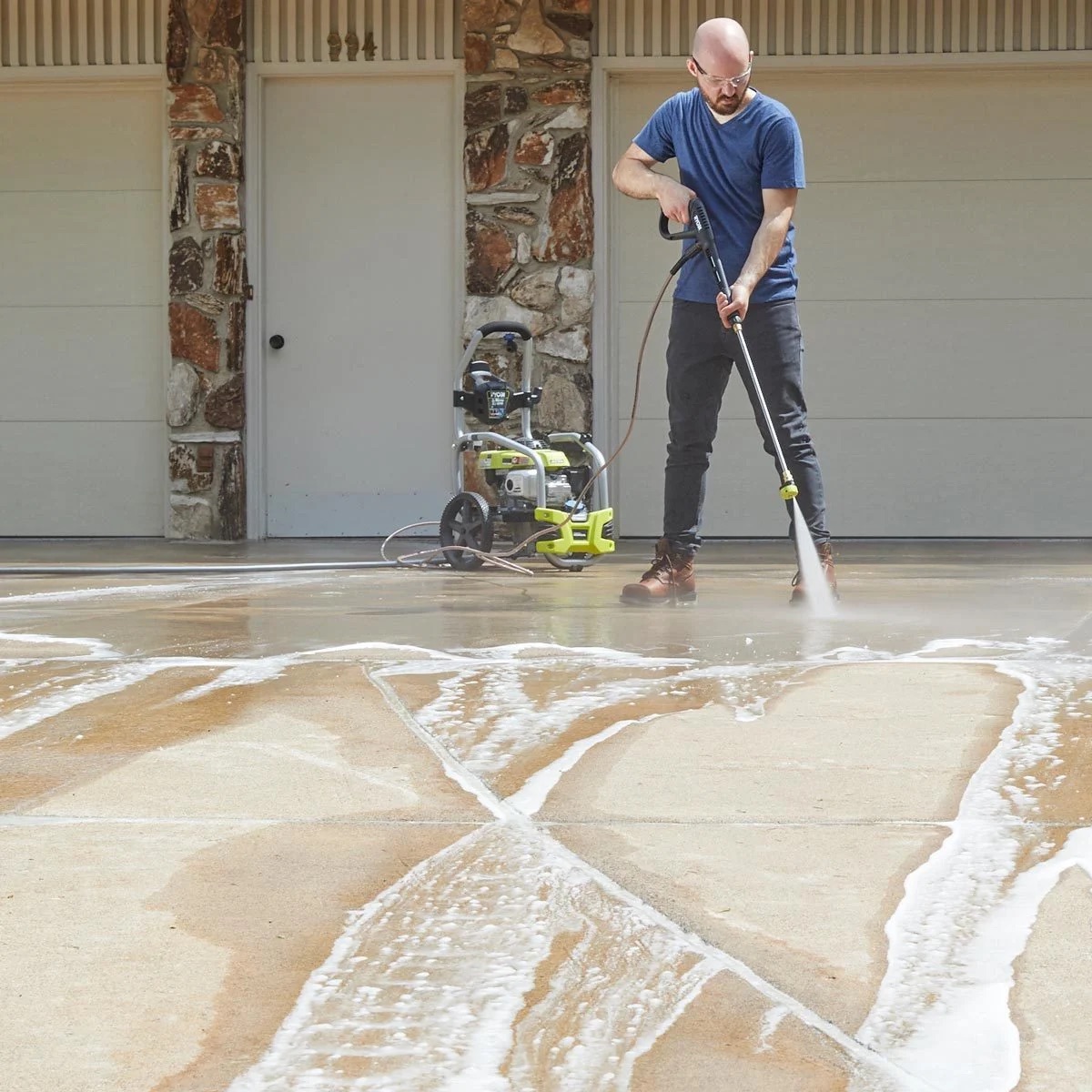

0 thoughts on “What Can You Use To Clean A Washing Machine”